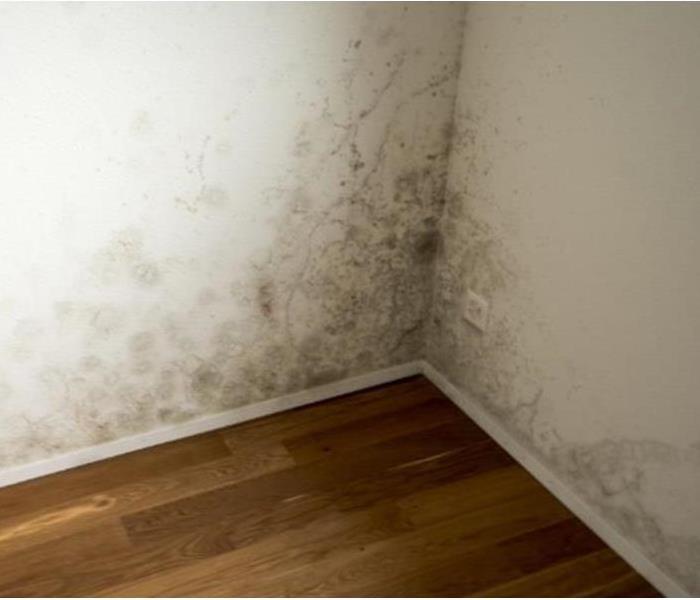Secondary Damage after water loss?
4/16/2024 (Permalink)
Secondary damage is caused when an initial loss occurs and the primary source isn't addressed or mitigated quickly. This additional damage may happen quickly as long as the original conditions persist or worsen over time. For instance, if water damage goes untreated or high humidity levels persist, black mold may develop. The water damage is the primary damage, and the mold growth is secondary. Take timely measures such as contacting a plumber to find any leaks, contacting SERVPRO® to perform extraction services or a roofer if the issue is on the exterior of your home--to restore primary damage and fix the source of the problem to prevent conditions from worsening.
What Are the Major Types of Damage?
There are several secondary types of damage that can affect your home following water damage. Including
Additional damage to contents or building materials:
Corrosion
Electrical damage
Mold growth, including black mold
Wood rot
How Can You Prevent Secondary Damage?
Resolving the source of the primary damage is the first objective. Once you have established where the water is coming from, you can begin to mitigate the area and prevent secondary damages from occurring. Secondly you will need to fix the source and begin to remove the water. Depending on the class and category of water you may need professional help. Category one water will originate from a clean source, a faucet for example. Any water that has passed through materials or originates from an unsanitary source is either Category 2 or 3 depending on the severity of the contamination. These categories of water will contain bacteria and sometimes solid waste and will need the affected areas cleaned and disinfected. Once the area is decontaminated, thoroughly dry the affected area and lower high humidity levels. To achieve this goal you may need to set drying equipment such as dehumidifiers and fans.
When Does Primary Damage Turn Into Secondary?
Primary damages will turn into secondary damages when the original loss isn't identified right away or circumstances do not allow for immediate resolutions. For example, during storm situations power outages are a large contributor to secondary damages where water may have entered the home and it had become and unconditioned space due to the air conditioner not running. This creates the perfect environment for mold to grow. Another example would be a small leak in behind a wall in a bathroom. The homeowner would most likely not know it is there until a secondary damage has occurred like mold or damaged subfloor.
Should you find yourself in a situation where you have a secondary damage and need assistance, SERVPRO of Pender/West Onslow Counties is here for your residential or commercial needs. 910-319-0600.






 24/7 Emergency Service
24/7 Emergency Service
